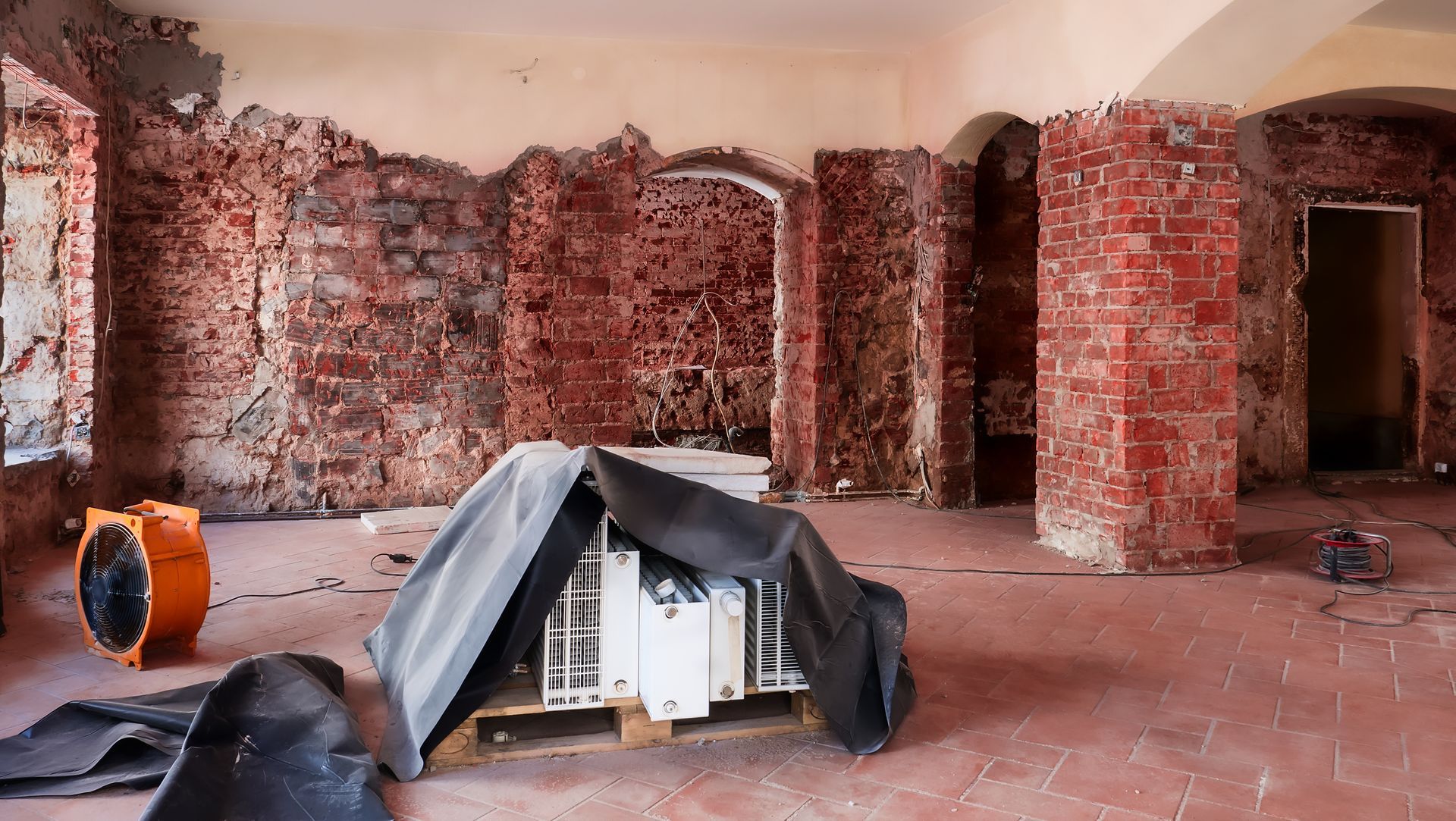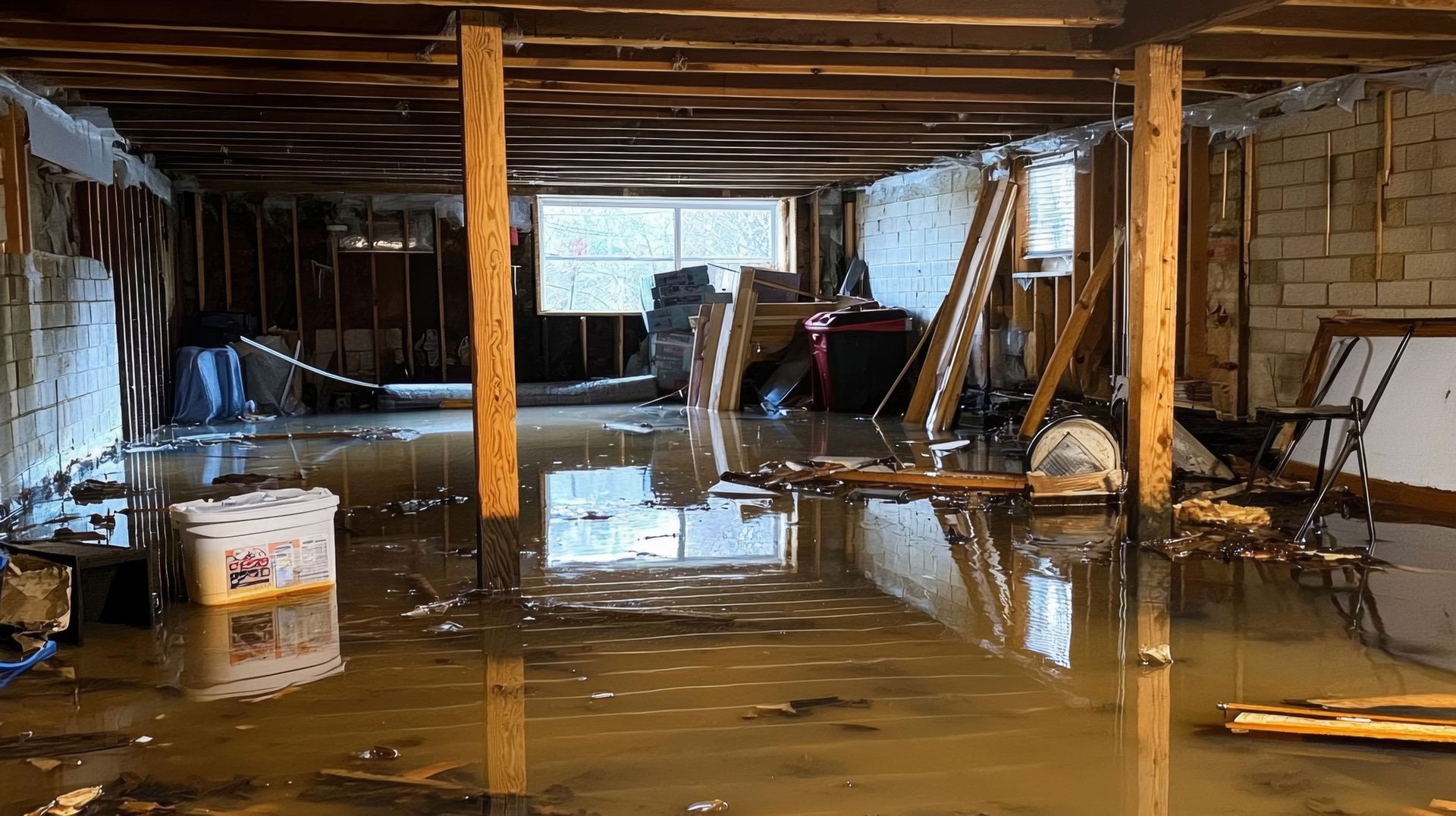The Importance of Floor and Wall Replacement After Water Damage: Mold, Humidity, and Moisture Considerations
Water damage can happen unexpectedly and leave a lasting impact on your home or business. Whether caused by a burst pipe, a leaking roof, or a flood, the damage may extend beyond the visible signs of wet floors or walls. While it might be tempting to dry things out and move on, the reality is that water damage can lead to hidden problems that must be addressed thoroughly—especially when it comes to flooring and walls. Failing to properly replace damaged materials can result in long-term structural issues, the growth of mold, and unhealthy living conditions.
Why Floor and Wall Replacement is Necessary
When water damages your property, it doesn’t just affect the surface. Water can seep into floorboards, subfloors, drywall, and insulation, causing structural damage that can weaken the integrity of your building. Even after the initial cleanup, moisture can remain trapped within these materials, leading to the potential for mold growth and other hazards.
Hidden Moisture and Structural Issues After Water Damage
Water can penetrate deep into the layers of your floors and walls, creating pockets of trapped moisture. Over time, this moisture can compromise the structural integrity of the materials, weakening floors, and walls from the inside out. If left unchecked, these areas may warp, buckle, or even rot, requiring more extensive and costly repairs later.
The Risk of Mold Growth After Water Damage
Mold thrives in dark, damp environments, making water-damaged floors and walls an ideal breeding ground. If moisture remains, mold can start to grow within 24 to 48 hours. Mold not only damages materials but also poses significant health risks, especially for those with respiratory conditions or weakened immune systems. Inhaling mold spores can lead to allergic reactions, asthma attacks, and other respiratory issues.
Once mold takes hold, simple cleaning won’t solve the problem. Replacing water-damaged materials ensures that mold remediation is thorough and effective, reducing the chance of mold regrowth.
Humidity Control During Water Damage Restoration
Controlling indoor humidity is crucial after a water damage event. High humidity levels create a conducive environment for mold and mildew to thrive. Restoration professionals will use dehumidifiers and air movers to reduce the humidity in the affected areas, helping to speed up the drying process and prevent further damage. Keeping humidity levels below 60% is critical to halting mold growth.
By addressing both immediate and hidden moisture issues, you can ensure a thorough and lasting recovery from water damage.
The Floor and Wall Replacement Process During Water Damage Restoration
When it comes to water-damaged floors and walls, the most effective solution is often full replacement.
Water Damaged Floor Replacement
Water-damaged floors, whether hardwood, laminate, or carpet, can absorb water and warp over time. The subfloor may also be damaged, so replacement is required to ensure that the new flooring is laid on a solid foundation. A full assessment of the floor’s condition will help determine which layers need replacing.
Water Damaged Wall Replacement
Drywall and insulation can absorb water like a sponge, and once saturated, they often need to be removed and replaced. Water can weaken studs and framing inside the walls, which may require reinforcement or replacement.
By leveraging the expertise of a professional restoration and mold remediation company, you can ensure that your property is not only restored to its pre-damage condition but also protected from future problems. The experts at Guarantee Restoration Services are here to help with the latest techniques and technology. If you’ve experienced water damage of any kind, time is of the essence, schedule a consultation today.






